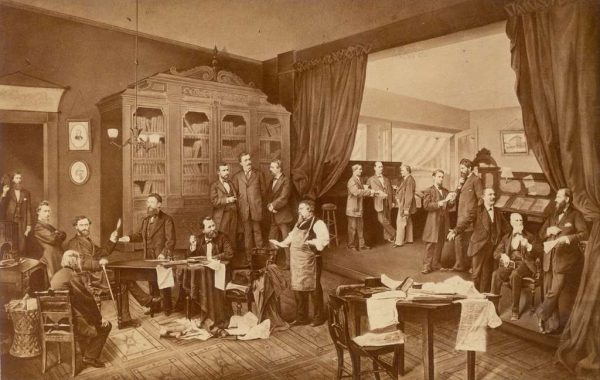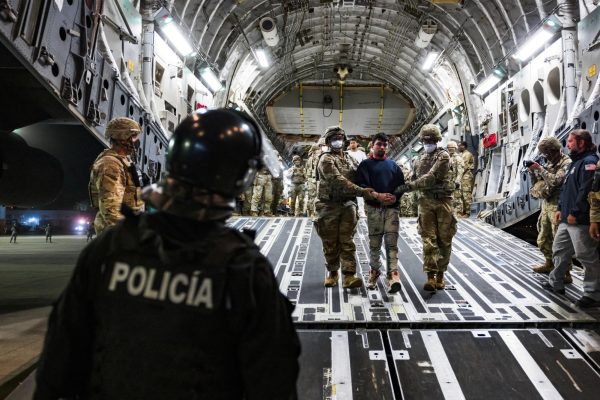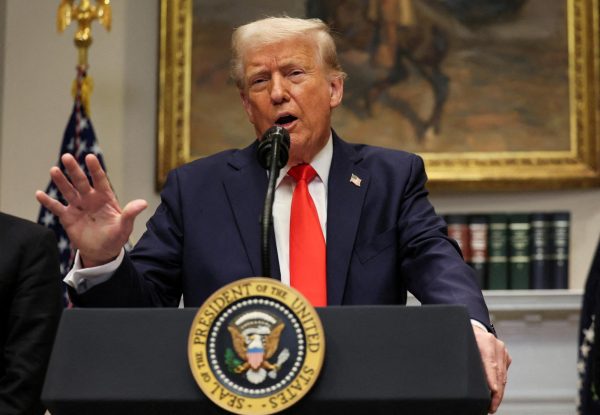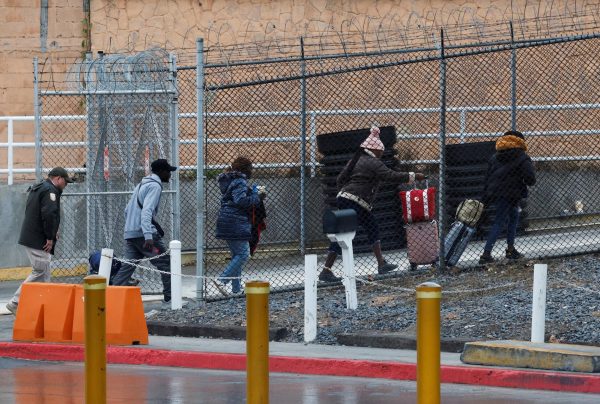Clayton’s New COVID Policies
Beginning Monday, April 4, 2022, the Clayton School District will lift its mask mandate and enact the mask-recommended policy.
Masking, particularly in schools, remains an issue of much confusion due to the unpredictability of the pandemic and the further politicization of the topic. In mid-February, the CDC stated that lifting mask regulations in schools were premature. Later that month, the CDC lowered its masking guidelines in public spaces and schools based on a new county-level risk assessment. “Last summer, we were talking about dropping the mask mandate […] Then there was delta and omicron […] We’re just not sure of what will happen,” Lisa McDade, the CHS nurse, told the Globe.
With the removal of the mask mandate policy, some students worry that this could potentially result in another surge. “I understand that cases are dropping pretty low again […] but I don’t feel that we have a grasp enough on [COVID] quite yet to drop the ball on masking, ” junior Andrea Nutt said.
When looking at masking from a pure prevention standpoint, COVID, like the flu, is a disease that spread through droplets. If they could be blocked from entering the nose and mouth with a mask, the transmission rate will effectively drop. “As we have learned from the pandemic, the role of the masks is huge,” said McDade. Along with social distancing, masking is believed to have lowered the flu rates in 2021 and 2020.
With this line of reasoning, not wearing a mask then seem to put a person at a higher risk. Cases in Cheyenne, Wyoming’s Laramie County School District 1 spiked within two weeks after the Board decided to remove its mask mandate; in the eleven-day span, from January 24th to February 4th, almost 500 students and staff tested positive, compared to previous less-than-five cases per day. Nevertheless, other factors, such as the large gatherings from Christmas, vaccination rates, and the general sentiment around mask-wearing, may have also played a role in this surge.
When considering the different contexts of removing the mask mandate, the data from Wyoming may not be representative of the possible outcomes ensuing the mask-recommended policy in Clayton. “The advantage of us waiting to drop the mask mandate is that we get to observe what is happening in other school districts [like Ladue, Lindbergh, and Parkway] who have already dropped their mask mandate […] And they have not experienced [a surge].” McDade said.
Though it’s apparent that wearing a mask reduces the danger of transmitting COVID-19 and the possibility of catching it, the question is how much, taking into account the social and economic inconvenience it brings. Since the start of the pandemic, the sentiment toward returning to normalcy has been accumulating. “We have people who are saying […] ‘We understood having the masks during Omicron, we understood having the masks when we didn’t know much about this variant or COVID-19 overall. But now we’re ready to take them off,’” Superintendent Nisha Patel said, “and I think it is important to respect both points of view.”
Furthermore, COVID prevention has more of an association than a solely cause-and-effect relationship, as the Swiss cheese model suggests. No one knew if the low transmission rate was due to masks, vaccines, hand sanitizers, or quarantines. And it’s most likely a combination of these.
“What we’re trying to do is change one preventative measure at a time. Right now, we are only [changing] the masking policy, and we’re going to keep everything else, in terms of the vaccination [policy for visitors entering the building], the same.” Patel said.
Finding the balance between ensuring the health of students and returning to some levels of normalcy is not an easy task. The goal of school mask regulations is to keep schools open and to reduce the stress in the community, like the hospitality rates, to a minimum. In addition, these preventive measures would protect students with high risk and their family members who are immunocompromised.
As the weather warms up for people to socialize and the loosened COVID restrictions, wearing a mask becomes less of a compromise for the health of the whole community. “It really is going to depend on personal choice and family decision,” Patel said.
A $50 or more donation includes a subscription to the Clayton High School Globe 2024-2025 print news magazine.
We will mail a copy of our issues to the recipients of your choice.
Your donation helps preserve the tangible experience of print journalism, ensuring that student voices reach our community and that student democracy thrives.






